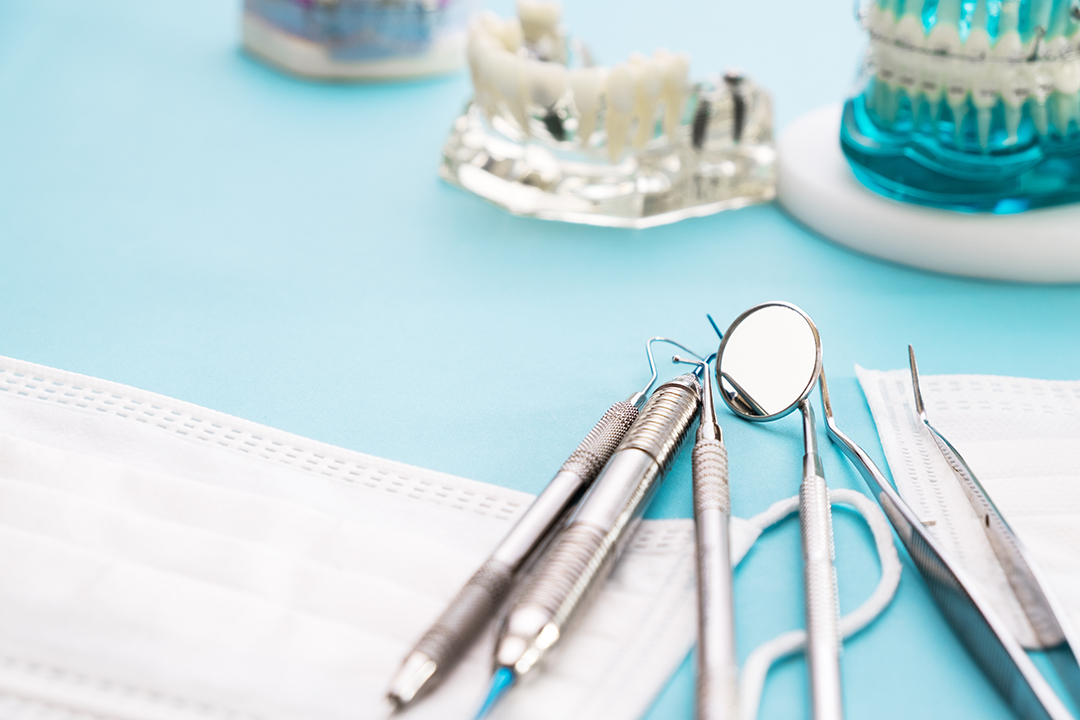
Does Tartar Removal hurt? Things to know about Tartar Removal
A plaque that has hardened is called tartar – a hard, yellowish deposit that can accumulate on teeth and can lead to tooth decay and gum disease if not removed.
When dental plaque is soft, brushing and flossing can still get rid of it. Yet removing tartar calls for a trip to the dentist. If tartar is left on tooth surfaces, it can lead to decay, foul breath, gum disease, and tooth discoloration.
Tartar may form more easily in some persons. If you discover these stains on the surface of your teeth, make a dentist visit as soon as you can. But the first question most people ask is does tartar removal hurt? Well in this NYC Smile’s article we will give you information regarding this question and the variables that affect it.
What is Tartar?
Tartar, also known as calculus, is a hardening collection of plaque & minerals from the saliva. Tartar can encroach below the gum line and cover the outside of teeth. On teeth, tartar has the texture of a crusty blanket. Food and drink may easily stain tartar due to its porous nature.
Tartar deposits frequently form behind and between teeth and are typically yellow or brown in color. Both plaque and tartar may seriously harm the condition of your teeth.
Tartar’s Negative Effects on Oral Health:
Plaque and tartar can:
- Bacterial accumulation can lead to foul breath.
- Erode the tooth’s strong outer layer, the enamel, which can result in cavities, dental decay, and maybe even tooth loss.
- Encourage gum disease.
Is Tartar Removal painful?
Your dentist will employ an ultrasonic tool with a small nozzle to target difficult-to-reach areas during the operation. Tartar is broken down by this gadget using oscillation and ultrasonic vibrations, which don’t damage the enamel. Another nozzle simultaneously sprays water into specific areas to remove the broken tartar bits.
Many elements, such as the following, affect how painful tartar removal is:
Amount of Tartar
Too much tartar on the teeth might make the removal process uncomfortable. The procedure is simpler the less accumulation there is. If tartar has remained on the surface of the teeth for a long period, it may become lodged in the gums.
Oral Health Condition
If you have gum disease or sensitive teeth, tartar removal could be uncomfortable for you. If you are anxious or have a low pain threshold, tell your dentist so they can make you feel better throughout the operation.
Type of Device Used
Since there aren’t any control options on the manual scaler, your teeth may be under additional strain. On the other hand, the ultrasonic scaler may feel softer due to adjustable settings.
How often should you get Tartar removed?
Many dentists recommend visiting for a dental cleaning and examination every six months, and more frequently if you have gum disease or are at risk of developing it (if you suffer from diabetes or smoke, for example). If you’re susceptible to plaque (and therefore tartar) buildup, you’ll also require more regular cleanings.
Those who could require cleanings more frequently include:
- Those who frequently get dry mouth from drugs or age. Although saliva does contain germs, it also aids in the removal of dietary debris.
- Individuals who aren’t physically capable of brushing their teeth properly.
- Individuals with medical issues that make it difficult for them to properly comprehend or carry out a dental hygiene regimen.
Ways for Preventing Tartar Buildup
We must keep in mind that tartar may only be removed by professionals. Yet, we may manage the quantity of plaque in our mouths and avoid tartar accumulation by taking preventive measures.
Limiting the growth of plaque, tartar’s precursor, is the most important step in the prevention of tartar formation. According to research, tartar may form from plaque in a matter of hours. Consequently, removing tartar requires frequent brushing and flossing.
Using tartar-control toothpaste in addition to the fundamental brushing and flossing may stop this unwanted development of crud on our teeth.
Moreover, toothpaste containing baking soda aids in preventing tartar formation. Baking soda can successfully remove plaque more efficiently and prevent tartar development since it is moderately abrasive.
Conclusion
Tartar removal is an important part of maintaining good dental hygiene, but it can be uncomfortable for some patients. However, the discomfort is usually mild and temporary, and your dentist can provide numbing medication to help reduce the pain.
It’s important to keep up with regular dental check-ups and cleanings to prevent tartar buildup and avoid more serious dental problems. If you’re looking for a dental practice in New York City that offers high-quality tartar removal and other dental services, consider NYC Dental Smiles. Our experienced team of dentists and hygienists can help keep your teeth and gums healthy and looking their best.
Or you can contact us using one of these other means:
- Call Us: 212.685.5133 or 212.421.5445
- Contact Us by Submitting This Contact Form
Source
What to Know About Tartar Removal. (n.d.). What to Know About Tartar Removal. https://www.healthline.com/health/tartar-removal
How often should tartar be removed? (n.d.). How Often Should Tartar Be Removed? | Vinmec. https://www.vinmec.com/en/news/health-news/general-health-check/how-often-should-tartar-be-removed/
Pusa, P. (2019, November 8). Tartar Removal | Dental Hygienist Q&A | Hygga Helsinki. Hygga. https://hygga.fi/en/2019/tartar-removal-questions/